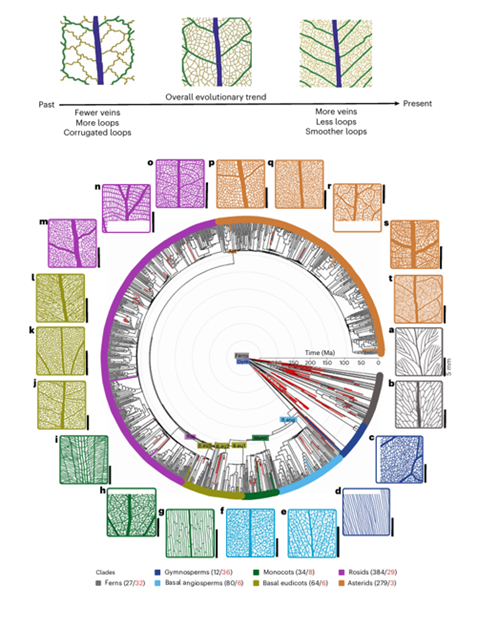
The shape of adaptation: Evolution of venation patterns in plants
Plant Science Research WeeklyLeaf venation patterns display remarkable diversity across both living and fossil plant lineages, yet key questions remain about when and how these architectural differences emerged and what functional roles they serve. In their recent review, Mantos et al. explored the evolutionary history of venation…
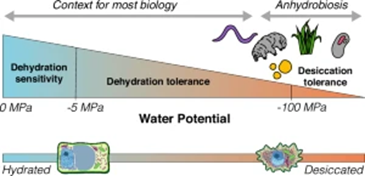
Perspective. The art of drying gracefully: The future for desiccation research
Plant Science Research WeeklyIn their perspective article, “Life on the dry side: a roadmap to understanding desiccation tolerance and accelerating translational applications,” Marks et al. outline the current state and future promise of desiccation tolerance research. They define desiccation tolerance as “the ability to dry…
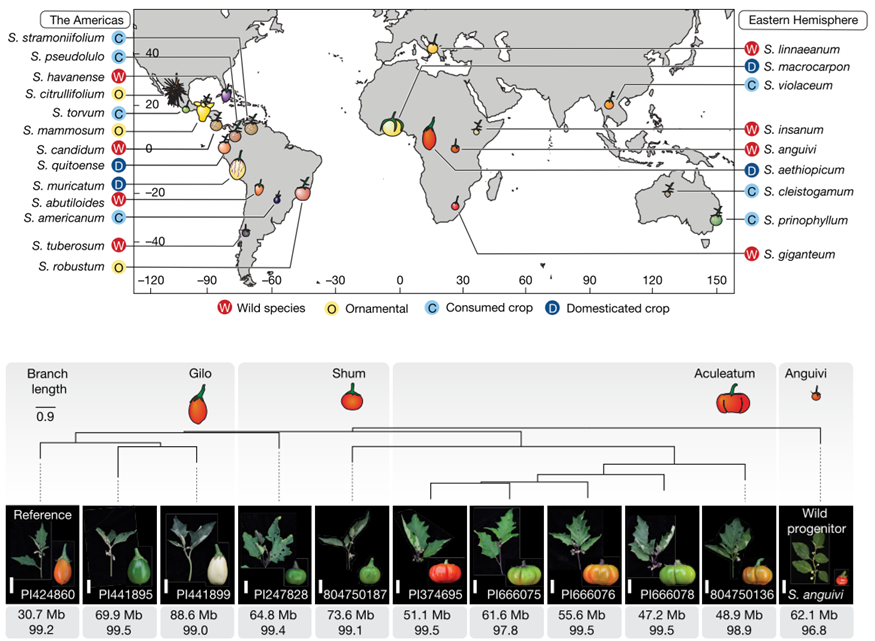
Double trouble: The Solanum pan-genome shows gene duplication complicates predictability
Plant Science Research WeeklyA pan-genome has been assembled for the Solanum genus, which contains many diverse and economically important crops including potato, tomato, and African eggplant. Genomes were assembled for 22 species, and genes were predicted based on previous reference genomes and from RNA sequences across multiple…
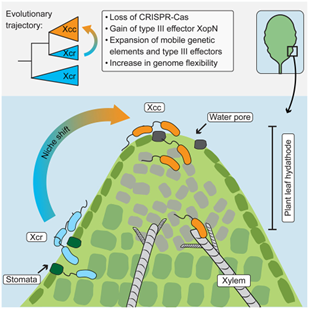
Shaping pathogenicity: How CRISPR-Cas loss fuels Xanthomonas evolution
Plant Science Research WeeklyPathogens have evolved diverse infection strategies governed by virulence factors, often targeting specific host organs or tissues. Genome fluidity plays a crucial role in enabling microbial pathogens to adapt to the dynamic selection pressures imposed by co-evolution with their hosts. In a recent study,…
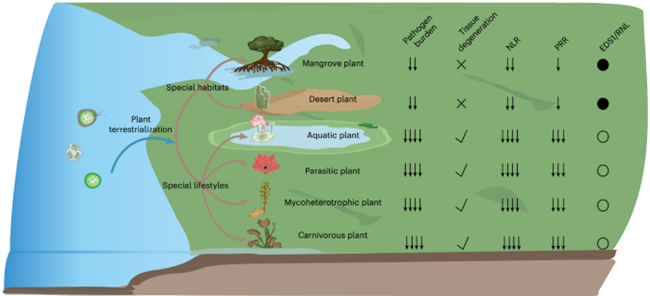
Streamlining the immune system: How plants adapt to reduced pathogen pressure
Plant Science Research WeeklyAlthough plants are sessile organisms unable to escape pathogen invasions, they are well equipped with defense mechanisms. Cell surface-localized pattern-recognition receptors (PRRs) detect extracellular signals and initiate pattern-triggered immunity (PTI), while nucleotide-binding leucine-rich repeat…
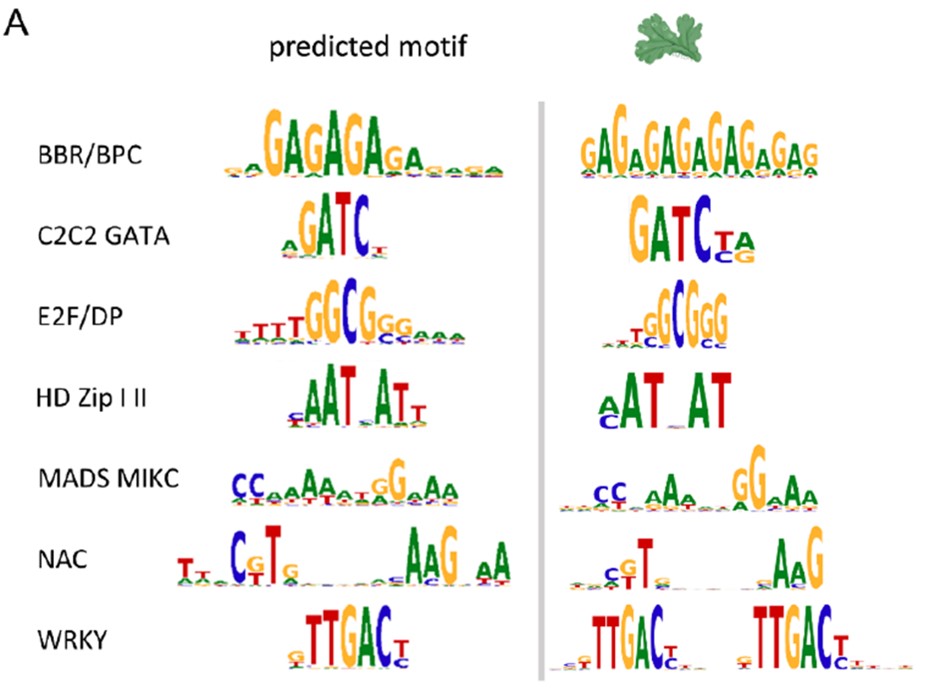
Many plant transcription factor families have evolutionarily conserved binding motifs
Plant Science Research WeeklyThe regulated expression of genes is fundamental to all biological processes, including development, cell growth, and responses to environmental signals. Transcription factors (TFs) are sequence-specific DNA-binding proteins that play a central role in transcriptional regulation by directly interacting…
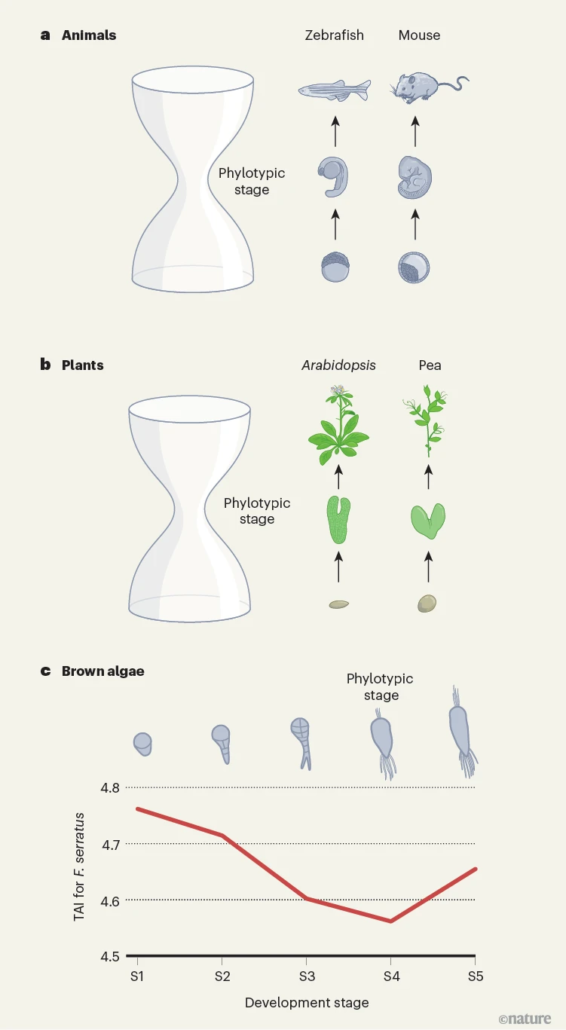
The ”hourglass” model of embryogenesis extends to brown algae
Plant Science Research WeeklyThe hourglass model of embryogenesis was proposed in the 1990s, and extended to green plants and fungi in the 2010s. During animal embryogenesis, the very earliest stages (post fertilization) are morphologically quite different from each other, and the later stages are quite different, but in the middle…

Convergent evolution of plant prickles
Plant Science Research WeeklyContrary to common belief, roses do not have thorns: instead, they have prickles. Thorns (as in hawthorns) are modified stems, spines (as in cactus spines) are modified leaves, and prickles (as in roses) are modified epidermal tissues. Prickles occur in a wide range of plants. Satterlee et al. set out…

Convergent evolution of desiccation tolerance in grasses
Plant Science Research WeeklyMany bryophytes and other non-seed plants are tolerant to vegetative desiccation, which is thought to have been necessary for colonization of land. By contrast, most seed plants lack this capacity, although they retain desiccation tolerance in their pollen and seeds. However, some seed plants, known…

